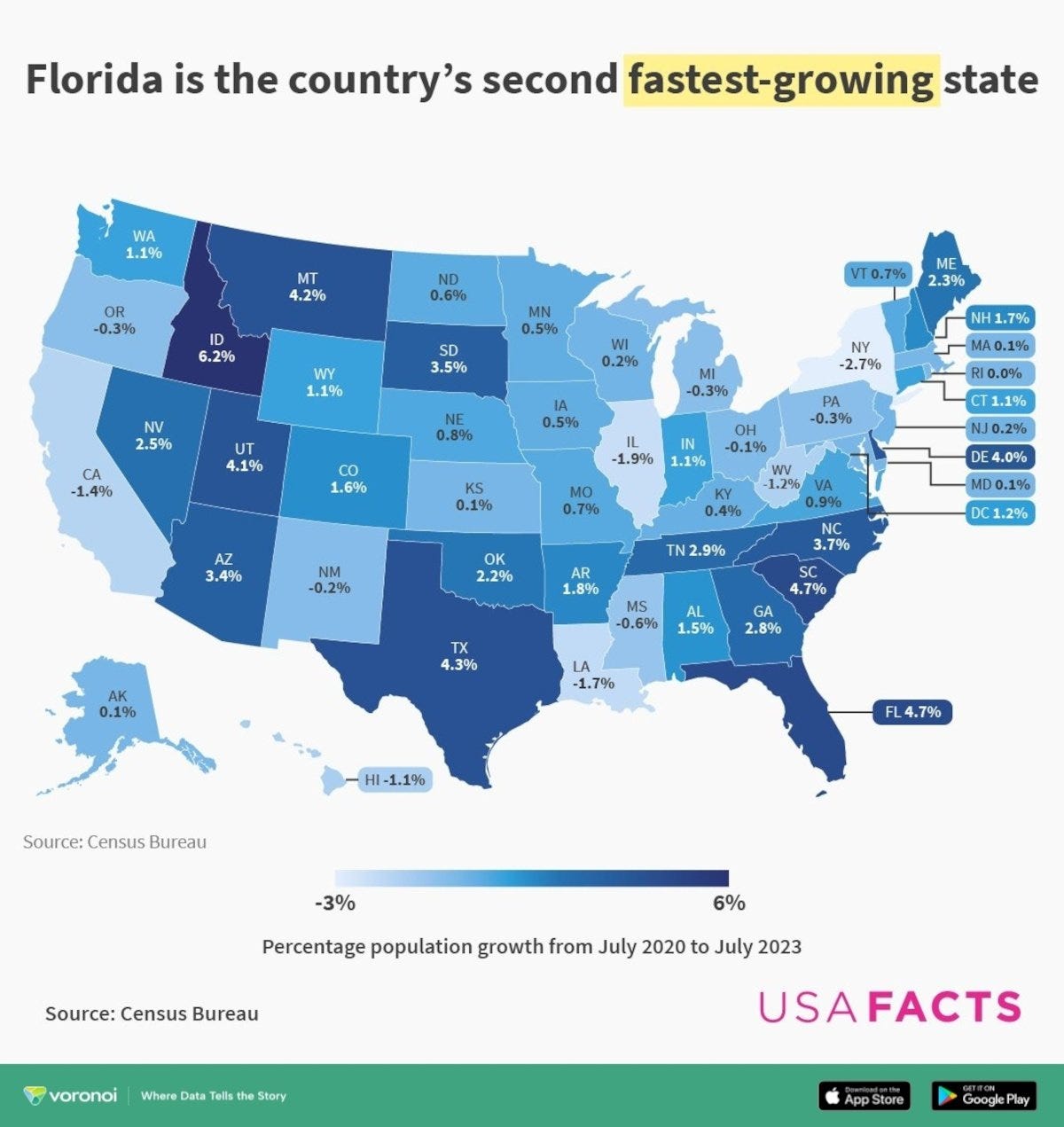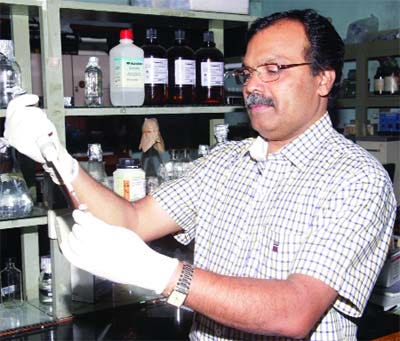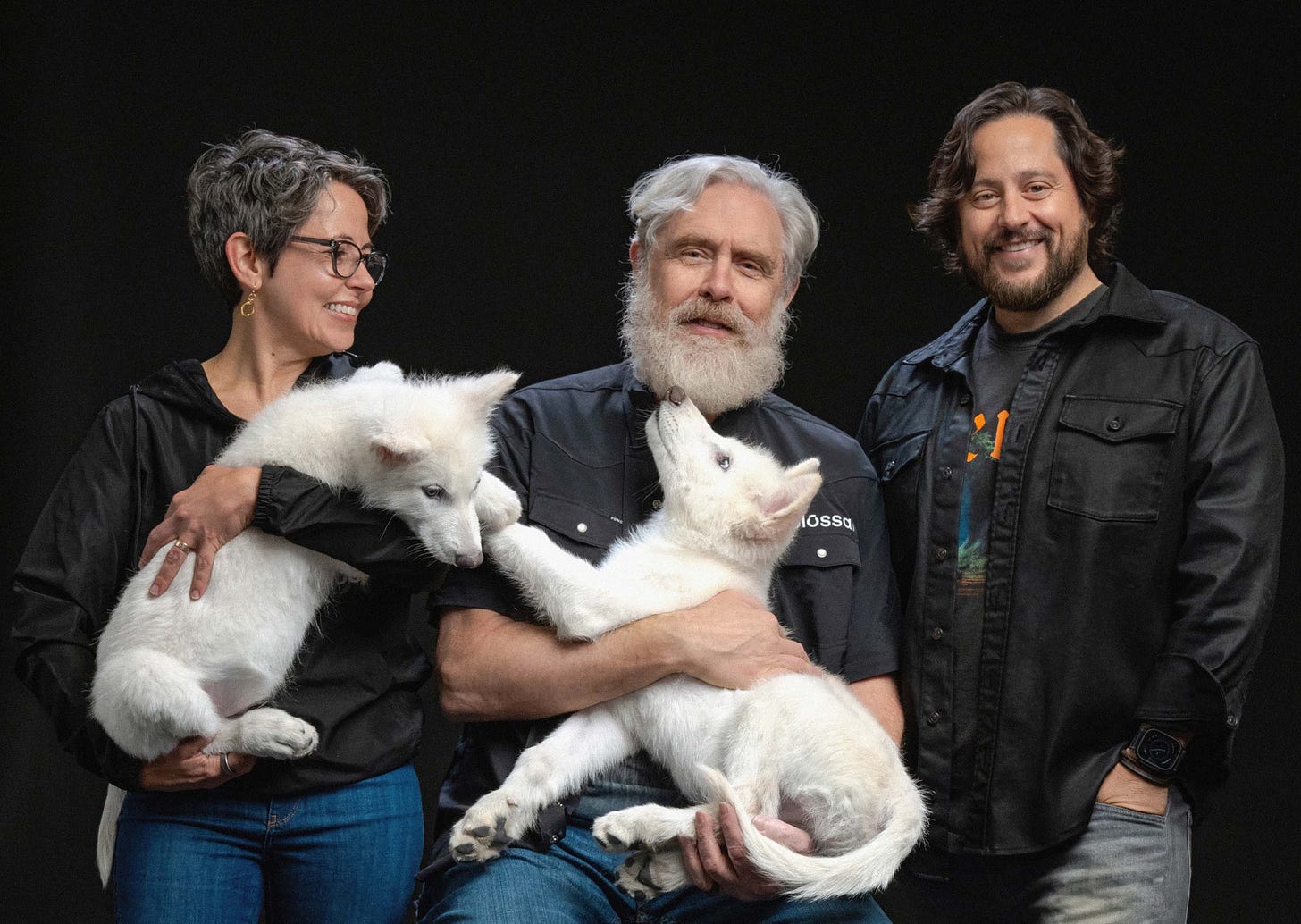Repronews #70: Ceci n’est pas un dire wolf
Abortion in Germany | GenomeIndia genotypes >10,000 people | U.S. national security biotech report | genetics of pelvis and head size
Welcome to the latest issue of Repronews! Highlights from this week’s edition:
Repro/genetics
Recent developments on Germany’s restrictive abortion law
Population Policies & Trends
Genetic Studies
GenomeIndia genotypes over 10,000 Indians from 85 populations, opening way to better understanding of gene-disease associations
Further Learning
U.S. national security commission calls for $15 billion public investment in biotech, warns China is achieving “dominance” in field which could lead to “enhancing cognitive capabilities” and “dramatically extending human life”
The genetics of the “obstetrical dilemma”: Study explores genetic associations between pelvic shape, head size, and outcomes for births and women’s health.
Colossal Biosciences has created gray wolves with 20 gene edits to look like the extinct dire wolves
Repro/genetics
“Reproductive self-determination and regulation of termination of pregnancy in Germany” (JoME)
Termination of pregnancies is generally illegal in Germany, but exempt from punishment during the first 12 weeks following mandatory counseling.
After 12 weeks of pregnancy, abortion may be allowed for a poorly defined “medical-social indication,” which includes when there is a danger to the mother’s life or health.
A federal Commission on Reproductive Self-determination and Medicine has issued recommendations to clarify and liberalize abortion rules in Germany. These are unlikely to be adopted by the new centrist coalition government.
More on repro/genetics:
Alexis Heng Boon Chin and Sayyed Mohamed Muhsin, “Unequal access to reprogenetic cognitive enhancement due to consistently high costs” (JoME)
“Influence of parental age on chromosomal abnormalities in PGT-A embryos: exponentially increasing in the mother and completely null in the father” (JARG)
ASRM Today podcast: “Genetics” (ASRM)
Fertility Europe’s spring 2025 meeting in Brussels (Fertility Europe)
Dr. Pete Mills, “23 and me: A Salutary Tale” (PET)
“U.S. government cuts key fertility treatment monitoring team” (PET)
“New IVF add-ons information website launches” (PET)
Film: “The Ethics of IVF Embryos: Science, Choice, and Family” (Museum of Science)
“Chinese scientist ostracized over gene-edited babies seeks comeback” (WSJ)
Population Policies & Trends
Genetic Studies
“Genome study: 180 million genetic variants found in 9,772 individuals” (The Hindu)
The GenomeIndia project has genotyped 10,074 healthy and unrelated Indians from 85 populations (32 tribal and 53 non-tribal populations). These include Tibeto-Burman, Indo-European, and Dravidian groups.
The genome sequence data has been deposited in the Indian Biological Data Centre (IBDC).
The preliminary findings have identified 180 million genetic variants. Some variants are associated with diseases, some are unique to India, and some are unique to particular communities or small populations.
“We are now trying to find out the implications of these variants,” said Dr. Kumarasamy Thangaraj of the Centre for Cellular and Molecular Biology (CSIR-CCMB). “We are looking for variants which are functionally relevant—related to diseases, those associated with therapeutic responses or no responses, and those that are causing adverse effects to therapeutic agents.”
Researchers will construct a panel of variants to correlate with diseases in the Indian population.
Dr. Thangaraj said: “Some of the variants may be associated with individuals susceptible to infectious diseases, while some variants might be responsible for resistance to infectious diseases. It is also possible that some variants will be associated with adaptations to particular environments such as high altitudes and low oxygen concentration.”
Information on variants associated with specific diseases can be used to develop low-cost diagnostic kits and for personalized medicine. “In-depth analyses of 9,772 diverse genomes along with the blood biochemistry and anthropometry data will improve disease diagnostics, predict the genetic basis of drug responses, and kickstart precision medicine efforts in India,” the authors write.
The GenomeIndia is a collaborative effort of 20 institutions.
Further Learning
“Understanding the National Security Commission on Emerging Biotechnology report” (CSIS)
The National Security Commission for Emerging Biotechnology (NSCEB), a bipartisan advisory group mandated by the U.S. Congress, has released its final report of recommendations on how to maintain U.S. leadership in biotech.
The report stresses the importance of biotech to defense, manufacturing, food, and health. It warns that China “is quickly ascending to biotechnology dominance, having made biotechnology a strategic priority for 20 years.”
The report asks: “What would it mean for world order if China developed biological means for dramatically extending human life or enhancing cognitive capabilities? … What would the implications be for global security if an adversary engineered pathogens and used them against us?”
The authors make recommendations:
To prioritize biotech nationally.
To mobilize the private sector and scale U.S. products.
To maximize the benefits of biotech in defense.
To out-innovate strategic competitors.
To build the biotech workforce.
To mobilize together with allies and partners.
The Commission recommends the U.S. government streamline regulation of biotech and dedicate at least $15 billion over the next five years to encourage private investment in biotech.
“The advancement of U.S. biotechnology requires a balanced approach, fostering competition without picking winners, while also leveling the playing field by blunting China’s non-market actions,” the authors write. “While ingenuity thrives on free enterprise, the pressures of quarterly earnings can discourage companies from making bold technological leaps.”
“The genetic architecture of and evolutionary constraints on the human pelvic form” (Science)
The “obstetrical dilemma” is a hypothesized conflict between the optimal pelvic structure for bipedalism and what is required for successfully birthing large-brained infants.
Since divergence from the chimpanzee lineage, human pelvic canal dimensions have shrink to support bipedal locomotion, while human brain size expanded.
The study used X-ray scans and genetic data from 31,115 people from the UK Biobank to determine associations between genetics and pelvic traits.
The results show all pelvic proportions are highly heritable (~32% to 48%) with 180 independent loci identified.
Narrower birth canals were linked to an increased risk of emergency cesarean sections and obstructed labor, suggesting childbirth imposes selective pressure to widen the birth canal.
Larger birth canals were associated with reduced walking pace, a decreased risk of back pain, and an increased risk of hip osteoarthritis, suggesting mixed effects on locomotor efficiency. Larger birth canals were associated with higher risk of genital prolapse and incontinence (pelvic floor disease).
Infant and adult head widths were genetically correlated with maternal birth canal widths, supporting coevolution of the human brain and pelvis.
“Colossal’s new wolves are cute, but are they dire?” (MIT Tech Review)
The media have enthusiastically reported on Colossal Biosciences’ supposed resurrection of the dire wolf, a species which went extinct 13,000 years ago.
In fact, the pups have wolf DNA with 20 genetic edits to have some dire-wolf traits, such as larger facial features.
Gray wolves and dire wolves split off as separate species millions of years ago and their genetic differences run into millions of letters of DNA.
Colossal has cloned several red wolves, an endangered American species.
The “dire wolves” are a misleading marketing coup for Colossal. The pups do show the potential effectiveness and potentially safety of mutiple gene edits to bioengineer animal phenotypes beyond the possibilities of traditional breeding.
More on human nature, evolution, and biotech:
“What your job says about who you are: Mapping personality across 263 occupations” (Steve Stewart-Williams)
David Sun, “Arctic instincts: The personality of East Asians” (Aporia)
“What makes us human? Milestone ape genomes promise clues” (Nature)
AI x Biotech: Its Cybersecurity Implications (Konrad Adenauer Foundation)
Podcast: “‘Big Pharma’ owns the FD? Challenging a cherished MAHA myth” (GLP)
“50-year-old bioweapons treaty is dangerously flawed, researchers say” (Science)
Disclaimer: We cannot fact-check the linked-to stories and studies, nor do the views expressed necessarily reflect our own.







